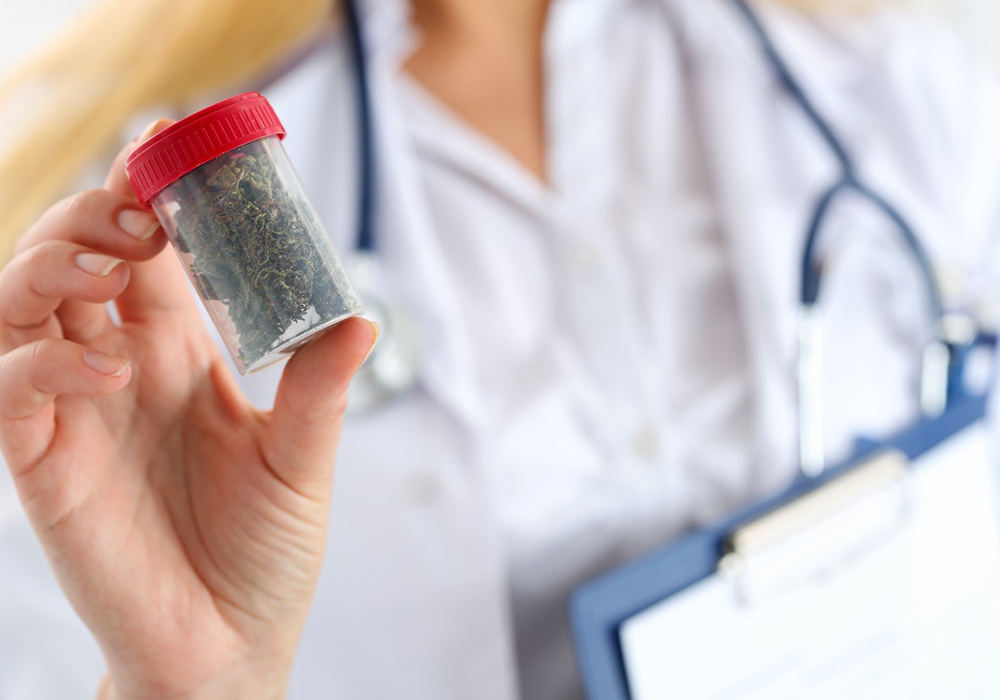When it comes to medical or recreational cannabis use during their cancer journey, the question is when—not if—a patient will raise questions with their oncology advanced practice provider (APP). An estimated 25%–40% of patients with cancer use cannabis in any form. Oncology APPs have the power to navigate those inquiries and educate patients about the evidence, safety concerns, and legal issues as a provider.
Current Evidence and Gaps
Under the U.S. Drug Enforcement Administration, medical cannabis is a schedule 1 controlled substance and illegal to prescribe under federal law. That provision also limits its ability to be used in clinical research and therefore the evidence pool to develop evidence-based guidelines. However, as of April 2023, 42 states, territories, and the District of Columbia have legalized its use for medical purposes, and another 9 permit use of low-THC products.
In 2018, the National Council of State Boards of Nursing issued its National Nursing Guidelines for Medical Marijuana, which recommend that it is best used as complementary therapy when current first- and second-line treatments have failed or have been insufficient.
Its use for chronic pain has been studied with mixed results, but available evidence supports a weak indication when standard care has failed. Subjective appetite improvement has been reported. Sleep and anxiety have also been studied, but data conflicts on any benefit.
Although the U.S. Food and Drug Administration has approved two agents for breakthrough chemotherapy-induced nausea and vomiting, dronabinol and nabilone, the studies that led to the approvals were completed prior to 2000 and they compared the agents to placebos or other available antiemetics.
Some preliminary data suggest that cannabis may affect the activity of immunotherapy agents, with decreased response rates and overall survival, but other studies have shown no effect. Interestingly, cannabis users report a significant reduction in immune-related adverse events. Additional prospective data are needed.
Animal models have demonstrated that cannabinoids may affect hormone-positive breast cancer. Further clinical trials are needed, but providers should be cautious about those patients using medical cannabis.
Pharmacology
When advising patients about using medical cannabis during cancer care, oncology APPs should understand the considerations and implications for each primary route of administration:
- Inhalation (vaping or smoking): Provides a rapid onset of action; may cause sore throat, oral mucosa irritation, cough, and, for high-risk patients, increased risk for arrhythmia and myocardial infarction.
- Oral and sublingual (pills, edibles, and lozenges): Erratic absorption may delay onset of action and lead to increased dosing, ingestion, and adverse events (e.g., nausea, anxiety, disorientation). Requires safe storing to protect children and animals from accidental ingestion.
- Topical (lotions and oils): Slow, steady absorption limits side effects.
Because of its potency, advise patients to take caution with Rick Simpson oil (also called RSO), a commonly used product that can be administered orally, sublingually, or topically, to prevent unintentional overdose.
Conduct a comprehensive review of patients’ medications and interprofessional consultation with a pharmacist because of cannabinoids’ potential to interact with common drugs such as antidepressants, warfarin, and alcohol. A future model of care may be a pharmacist-led cannabis consultation service. Marchese et al. described a novel program that may help facilitate integrating medical cannabis into the oncology treatment plan while respecting patient values and provider concerns for safety.
Legal Requirements
APPs should be familiar with the state laws in which they practice, which are intended to protect patients, caregivers, and healthcare providers. The laws designate which healthcare providers may authorize patient use, specific training courses, qualifying conditions, provider-patient relationship types, forms of marijuana permitted, and how patients may access medical cannabis.
Documenting medical cannabis use, similar to the documentation of prescription medications, over-the-counter drugs (including vitamins and herbals), and alcohol use, is necessary to monitor efficacy, interactions, and potential adverse effects. Consider using motivational interviewing to engage and learn more from patients. By leading quality improvement activity, oncology APPs can increase education, documentation consistency, and electronic health record integration in their practices.






